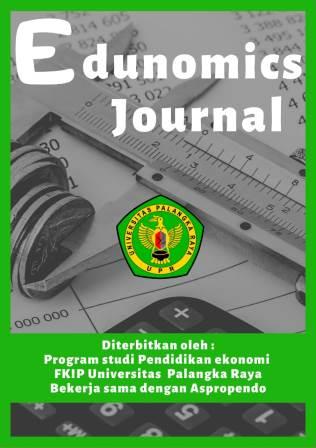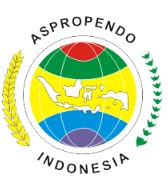Analisis Porter’s Five Force Pada Pusat Ponsel dan Laptop (PPL) di Kota Palangka Raya
Keywords:
Bussiness Competition, Strategic analysis, Market adaptation, Business innovation, Customer loyaltyAbstract
This study examines the landscape of digital device businesses in Palangka Raya by focusing on external factors that influence business sustainability. Utilizing a strategic evaluation approach based on five competitive forces, the research identifies various pressures and opportunities faced by entrepreneurs striving to maintain their presence amid a dynamic market environment. Data were collected through in-depth interviews with key stakeholders and supplemented by document analysis related to commercial activities in this sector. The findings reveal that the emergence of new entrants poses a significant challenge, primarily due to easy market access and innovative business models. Additionally, relationships with suppliers and the ability to adapt to customer needs are crucial aspects for maintaining competitive advantage. The rise of alternative products and intense competition compel businesses to continuously improve services and foster customer loyalty. This study emphasizes the importance of developing collaboration-based strategies, leveraging information technology, and enhancing customer interaction quality as key factors for survival in an evolving industry. The results are expected to serve as practical references for business practitioners and policymakers in designing adaptive measures to strengthen their position in the growing local market
Downloads
References
Chereau, P., & Meschi, P. X. (2018). Strategic consulting: Tools and methods for successful strategy missions. Springer.
Fadli, R., & Yuniarto, H. (2020). Analisis lima kekuatan Porter dalam menentukan strategi bersaing pada industri ritel modern di Indonesia. Jurnal Manajemen dan Organisasi, 11(2), 123–134.
Hasanah, U., Mustikawati, R., & Purwanti, Y. (2020). Strategi bersaing UMKM melalui inovasi produk dan pemasaran digital. Jurnal Ekonomi dan Bisnis, 15(1), 45–54.
Hermawan, H., & Rahmawati, D. (2017). Analisis model Porter’s five forces dalam menentukan strategi bisnis ritel. Jurnal Ilmu Ekonomi dan Bisnis, 5(2), 101–110.
Karagiannopoulos, G. D., Georgopoulos, N., & Nikolopoulos, K. (2005). Fathoming Porter’s five forces model in the internet era. Info, 7(6), 66–76. https://doi.org/10.1108/14636690510628328
Kotler, P., & Keller, K. L. (2016). Marketing management (15th ed.). Pearson Education.
Parast, M. M., & Adams, S. G. (2012). Corporate supply chain strategy and shareholder value: A literature review and case study analysis. International Journal of Logistics Systems and Management, 11(3), 334–352. https://doi.org/10.1504/IJLSM.2012.046611
Porter, M. E. (1980). Competitive strategy: Techniques for analyzing industries and competitors. Free Press.
Porter, M. E. (2008). The five competitive forces that shape strategy. Harvard Business Review, 86(1), 78–93.
Purnomo, H., & Hidayat, R. (2019). Pengaruh perkembangan teknologi dan preferensi konsumen terhadap daya saing bisnis ritel elektronik. Jurnal Riset Bisnis dan Manajemen, 13(1), 67–76.
Rahman, M. S., Sari, D. P., & Yusuf, M. (2021). Strategi bertahan UMKM di era digital: Studi kasus toko elektronik. Jurnal Administrasi Bisnis, 10(2), 77–85.
Sari, R. N., & Sunaryo, W. (2018). Analisis strategi bersaing pada toko ritel di Indonesia dengan pendekatan Porter’s five forces. Jurnal Manajemen dan Kewirausahaan, 20(2), 102–115. https://ejournal.uksw.edu/jmk/article/view/2179
Setiawan, A., Wibowo, A., & Santoso, B. (2022). Peran daya saing dan inovasi dalam industri ritel elektronik modern. Jurnal Manajemen dan Bisnis, 19(3), 212–222.
Sharma, A., & Mehrotra, R. (2020). Application of Porter’s five forces model to retail industry: A case study of Walmart. International Journal of Research and Analytical Reviews, 7(1), 2320–2882. https://www.ijrar.org/papers/IJRAR2001041.pdf









